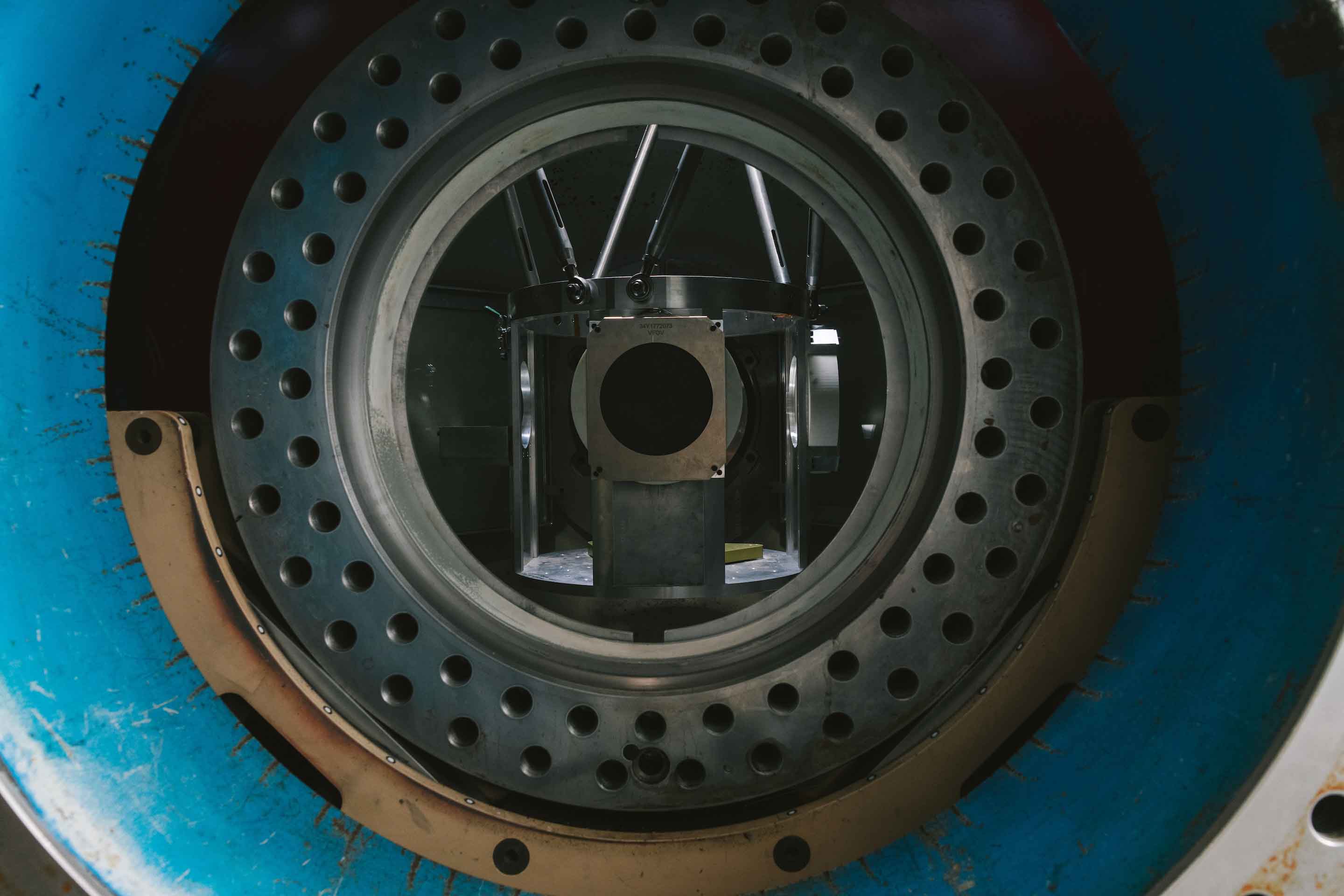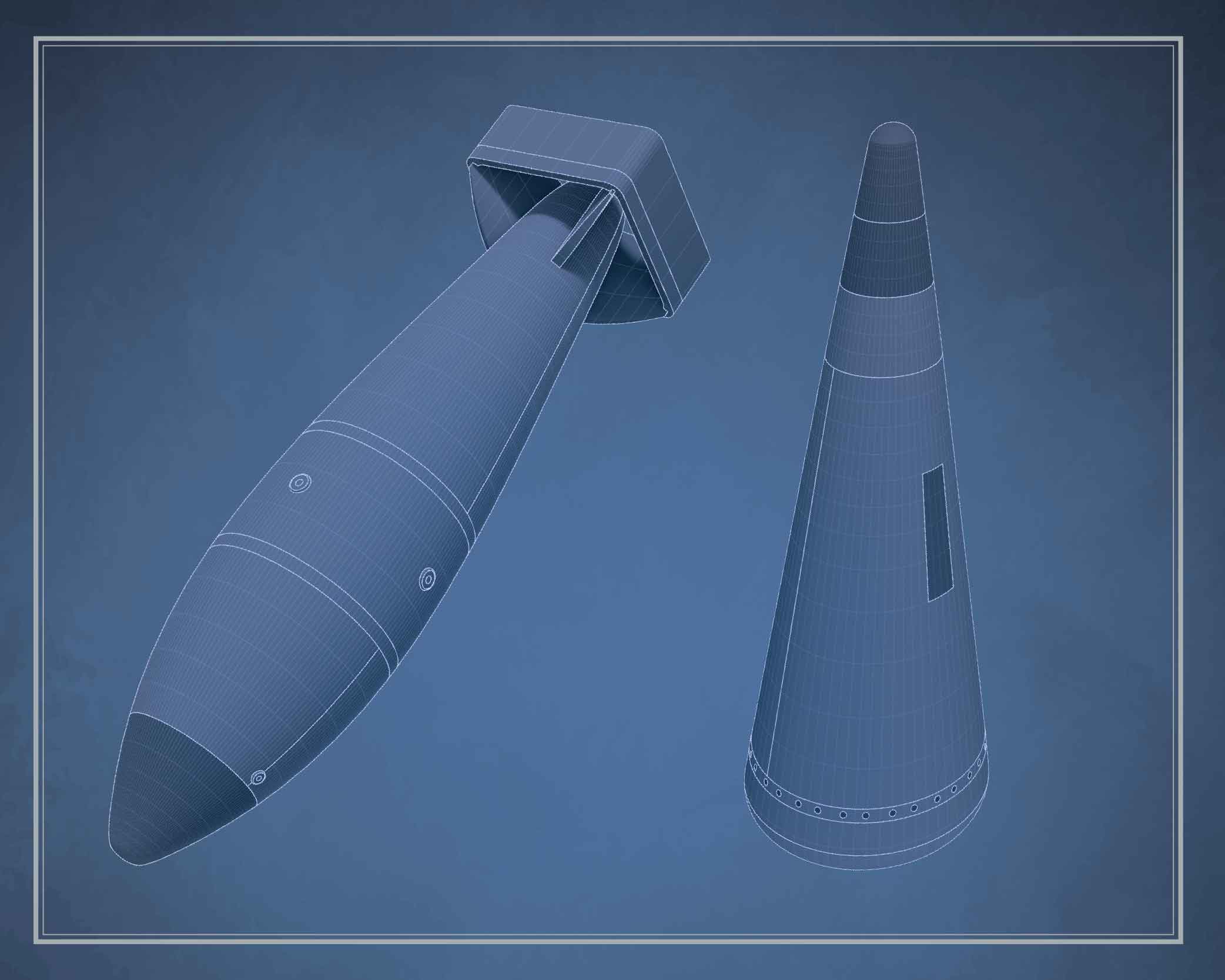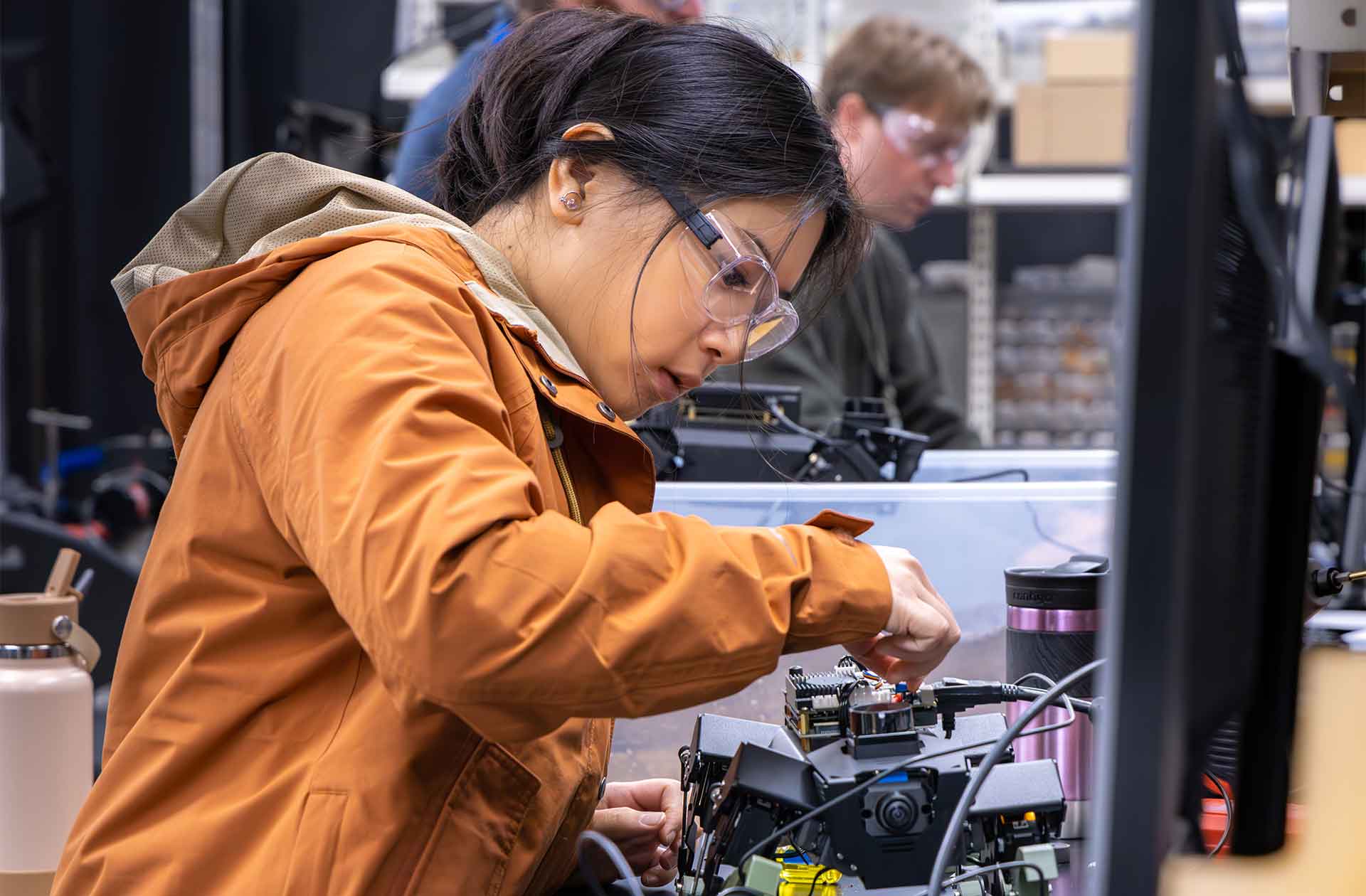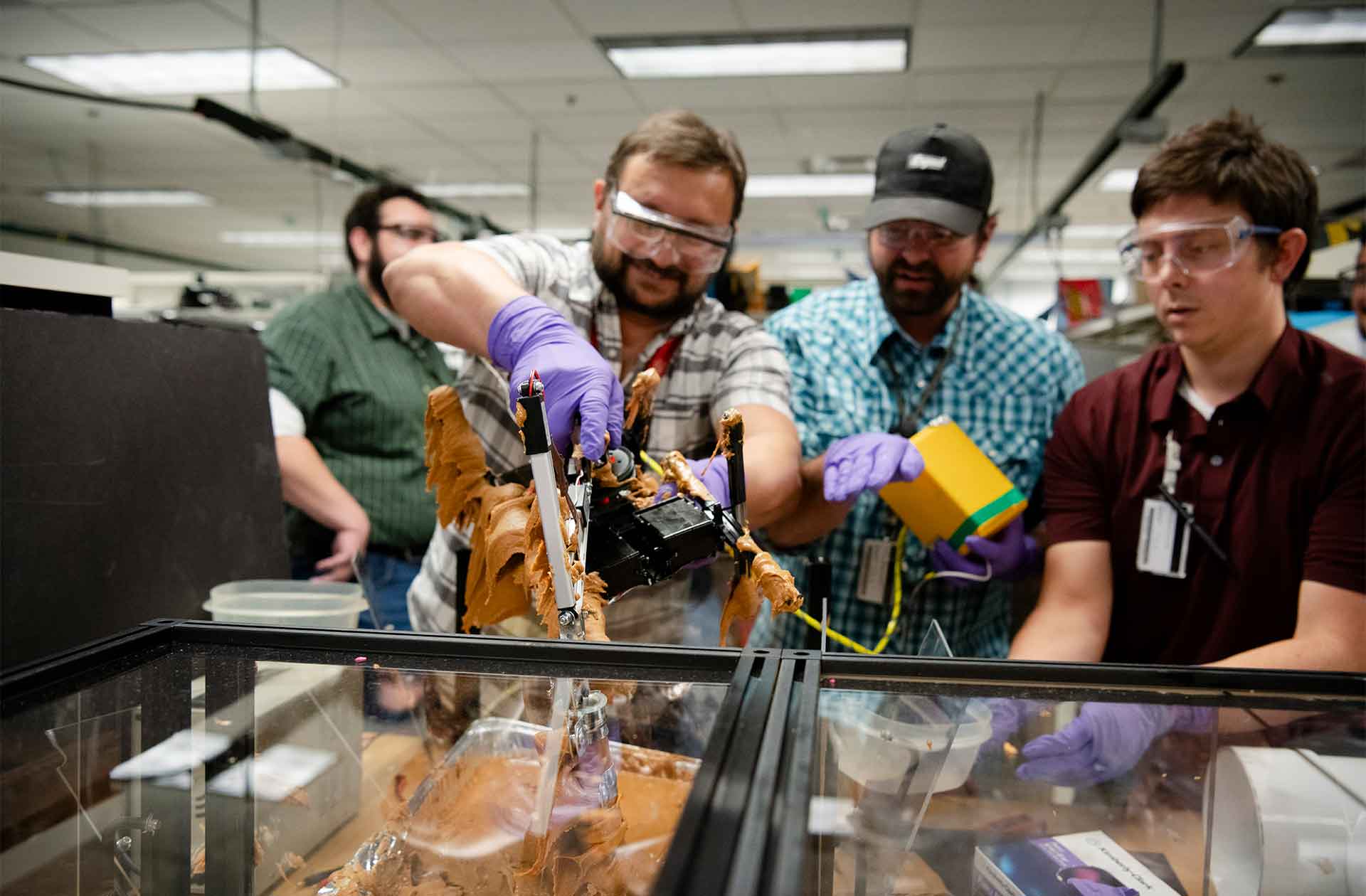The holy grail of high explosives
Los Alamos–developed “switchable” explosives mitigate the risk of an unintended detonation.
- Brian Keenan, writer

In August 2020, an accidental detonation of stored ammonium nitrate in Beirut, Lebanon, killed more than 200 people. The explosion leveled the port district and was felt across the country and beyond. Although unusually large, the explosion was not unprecedented: approximately 500 unplanned explosions occurred at munitions plants from 1979 to 2013, according to a study by the Small Arms Survey.
For people who work with explosives or live near areas where explosives are used (such as a mine or munitions plant), the volatility of certain explosives presents a potential hazard. Impact, heat, and friction are all sensitivities that can produce an unplanned explosion.
In an effort to mitigate accidental detonations of stored explosives, a multidisciplinary team of Los Alamos National Laboratory scientists developed “switchable” explosives that won’t detonate unless they are filled with a fluid, such as water.
“A system that is completely insensitive to unplanned stimuli but switches to high performance during use is the holy grail of high explosives,” said Los Alamos scientist Alexander Mueller, principal investigator for the project. “We’ve designed a high explosive system that won’t work when it’s not supposed to, like during transport and storage, but can quickly be made ready when required.”

The Los Alamos team used additive manufacturing to fabricate 3D lattice-shaped high-explosive charges. Researchers found that the charges would not detonate unless filled with a fluid. They also discovered that altering the fill fluid changed the power and speed of the detonation.
Scientist Cameron Brown, the lead author on a recent paper in Physical Review Letters, explains that additional experiments using different lattice structures and fill fluids are necessary to fine-tune switchable explosives for specific purposes. “We now have a path forward,” he says, “for quantifying the detonative performance of switchable explosives with different structural parameters and optimizing them for mining, oil and gas exploration, blasting or military applications.” ★








